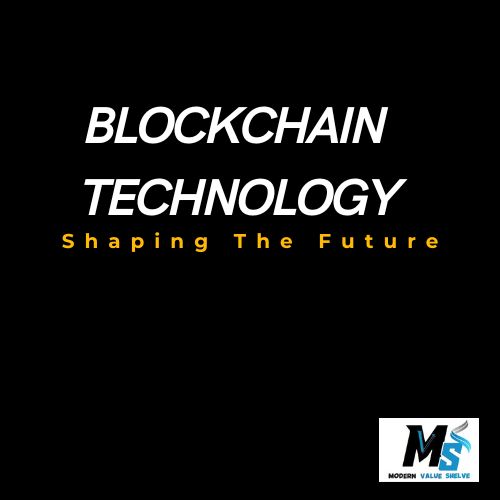Blockchain technology has become an area of high importance in recent years, often demonstrated with cryptocurrencies like Bitcoin and Ethereum. However, the applications of blockchain technology is quiet broader. This revolution in technology has the capacity to transform the business ethos by increasing transparency, security, and efficiency. In this article, we will explain the basics of blockchain technology, its key concepts, and practical applications.
Understanding Blockchain Technology
Blockchain is a digital ledger that is decentralized and record transaction of multiple computers, further it ensures that data is not subject to retrospective alteration. The decentralization is key to security and integrity of data. Conventional databases are managed by a single entity that carries high amount of risk.
Key Components of Blockchain
- Blocks: A blockchain is composed of a series of blocks, each containing a list of transactions. These blocks are joined together in sequential order to form a chain, as the name suggests “blockchain”. Each block has a unique identity known as a hash, a timestamp, and a reference to the previous block’s hash.
- Hashing: Hashing is a process that transforms input data into a fixed-length string of characters. As the integrity of data is ensured that make it almost impossible to change the content of a block without changing its hash. A little bit change in input data will generate a completely new hash that will make it easy to find the tampered data.
- Decentralization: Blockchain operates on a decentralized network of nodes. Each node holds a copy of the entire blockchain, and all nodes work together to validate and record new transactions. Decentralization ensures security and transparency, as there is no central point of control or failure.
- Consensus Mechanisms: To maintain the integrity of the blockchain, the validity of transactions must be agreed by nodes. The concept of consensus is used to achieve the agreement. For this consensus POW (Proof of Work) and POS (Proof of Stake) are the common consensus mechanism.
How Blockchain Works
Every new transaction is broadcasted on network of nodes for validation as per predefined rules. After validating, this transaction is grouped with others to develop a new block. The existing blockchain is loaded with this block to ensure its transparency. All nodes than update their copies of blockchain to reflect the new block.
Applications of Blockchain Technology
Blockchain is usually associated with digital currency, however its scope is beyond the ambit of digital currency. Let’s have look on most prominent use cases:
- Financial Services: blockchain can the financial transactions faster, cheaper and secure that will revolutionize the financial sector. The processes related to Cross border payments, remittances and trade finance can be streamlined.
- Supply Chain Management: by recording each transaction at decentralized ledger, companies can track the movement of goods with enhanced transparency and traceability.
- Healthcare: Healthcare can witness improvement in management and sharing of medical records.
- Voting Systems: Blockchain technology can enhance the transparency and security in voting systems. By recording votes on a decentralized ledger, blockchain can eliminate tampering and ensure the integrity of the election process.
- Intellectual Property: Intellectual property rights can be protected by maintaining transparent and verifiable records of ownership or transfers. The creations of Artists, musicians, and writers can be strictly copying righted and unauthorized uses are protected.
- Real Estate: Need of intermediaries in real estate can be eliminated by using the blockchain technology that will ensure to mitigate risk of fraud. Property ownership can be recorded on a blockchain, providing a clear and well-established record.
Challenges and Future Outlook
The scalability of blockchain will be challenged as the number of transitions will increase that will make the system slower. These issues can be addressed by sharding and layer 2 protocol, however widespread adoption will take time.
Governments of different countries are struggling with developing regulations for blockchain, specifically for financial sector. Sustainable and transparent regulatory framework is essential to gage consumer confidence and market stability.
The blockchain technology is very secure, however the application developed on top of it can be exposed to attacks. These types of applications should be properly tested and audited.
Despite the above challenges, the future of blockchain is quite attractive. As the solutions for scalability and security are developed, blockchain technology will be widely accepted across various industries. Future developments in areas such as quantum computing and artificial intelligence will further increase the applicability of blockchain technology.
Conclusion
Blockchain technology will shift the mechanism of recording and verifying transactions. Decentralization, transparency and security of this technology can transform the business world. Continuous innovation and regulatory developments can ensure broader adoption and development of new applications. Blockchain will not only reshape the future of financial transactions, it will also improve the business norms across various industries.

